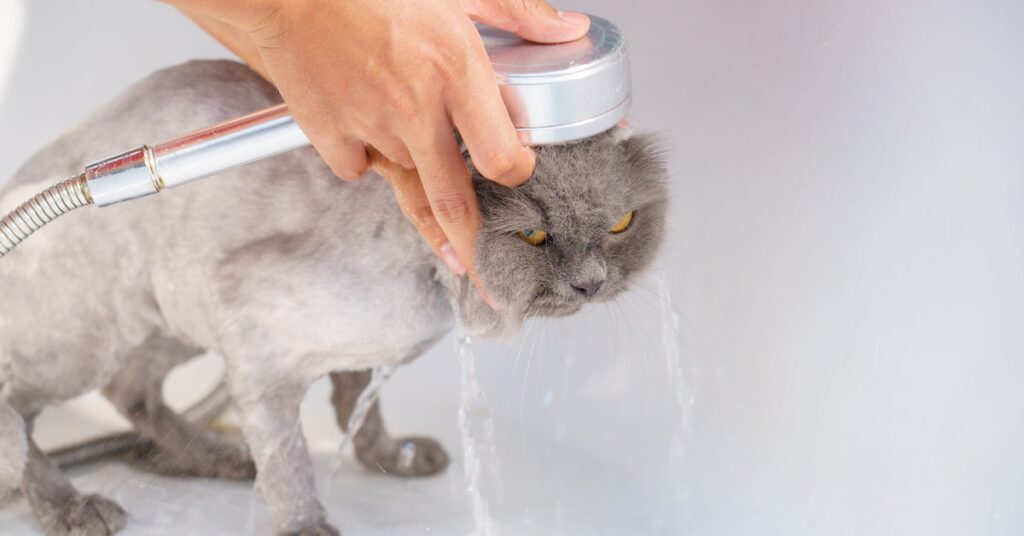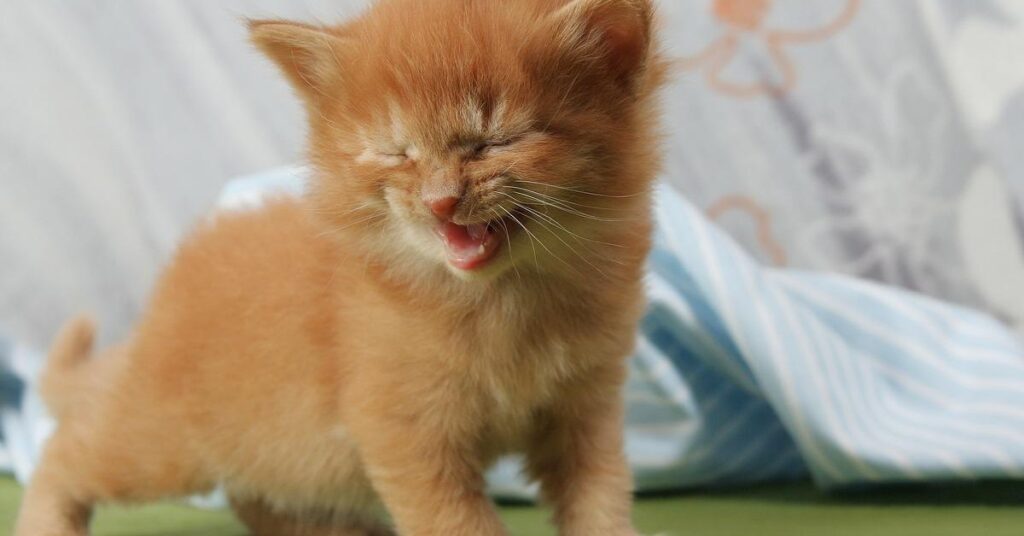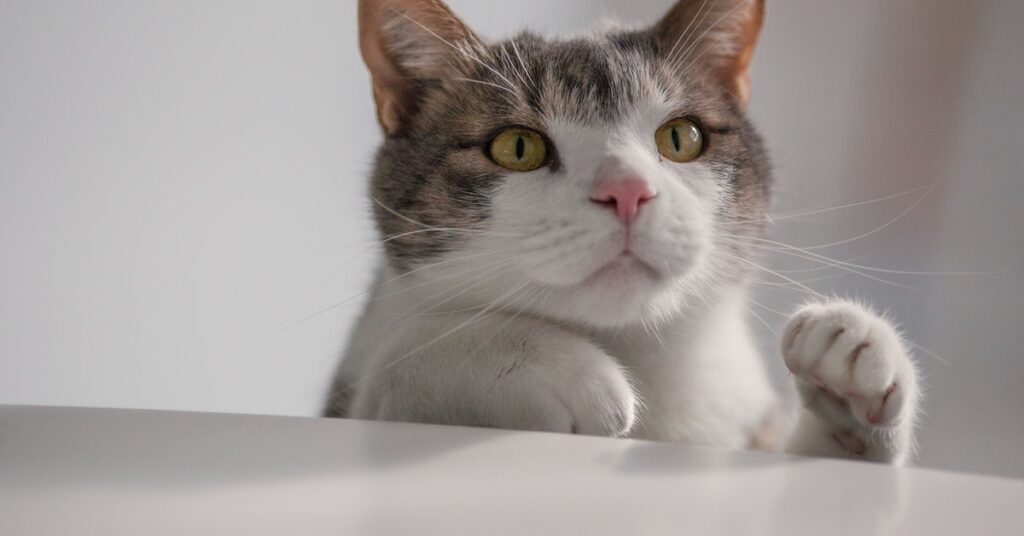In this article, we’re going to explain why you should never wash your indoor cat. We’ll also discuss the methods to wash your indoor cat without getting scratched by it. The reason for not bathing your indoor cat on a regular basis is simple: bathing your cat is a very stressful experience for the animal. It’s a good idea to only bathe your cat as necessary, but it is important to understand the dangers of routine bathing.
Why you shouldn’t bathe your indoor cat
The first reason to avoid bathing your indoor cat is because your pet may feel drenched in water, which can cause them to feel dirty. Cats don’t like having water on their fur, and they don’t want to have foreign particles clinging to it. However, if you’re dealing with a senior cat or a cat with mobility issues, you may need to give your indoor cat a traditional bath.
A bath can also cause your cat to pick up bugs and other foreign objects, which can be unpleasant and unsettling for both you and your cat. Cats typically prefer regular brushing, but if they get sticky, smelly, or dirty, they may need extra help. Bathing is a pain for cats and should be done only if it’s absolutely necessary. Before you try bathing your kitty, make sure you follow the right procedure.
Before you begin the bath, be sure to brush your cat’s coat and use a non-slip mat. If possible, place a rubber tub inside the tub so that your cat feels safer in the tub. While running water, it’s best to keep it at a low level so your cat can’t feel too much pressure or shock. Then, use gloves to protect yourself from cat claws.
The first reason to avoid bathing your indoor cat is because it is stressful. Cats dislike the feeling of getting wet, and will try to avoid the bather. In these cases, you’ll have to work harder to introduce your cat to a bather. You may have to wait a few days before giving your cat its first bath. Remember that it’s not normal for cats to hate water and have an aversion to it.
Read more about Why Do Cats Lick Theirselfs So Often?
Methods for bathing your indoor cat
Before you begin bathing your indoor cat, make sure you have a big towel ready. The cat will be incredibly angry when it is wet and prone to ripping the towel. Make sure the room is warm and comfortable before you start bathing your indoor cat. If you are not comfortable bathing your cat in a tub, try a small sink with a handheld spray nozzle. Make sure the water temperature is just right for the cat. Make sure the cat has a safe base to stand on. If the tub is too slippery, the cat will be scared and may end up tearing the towel.
Some cats prefer to be bathed in a bathtub, but others like the shower. You should try to make bathing a positive experience for your indoor cat by talking to it and offering treats. You should always use water that is warm enough for your cat, but not too hot, and be careful not to scald it. You should also make sure the water pressure is comfortable for your cat. If your indoor cat has long fur, she may need a medicated shampoo or flea spray.
To give your indoor cat a bath, make sure you lather the shampoo thoroughly and use a soft cloth to wipe off the dirty parts of its body. It is best to avoid splashing water on the face and ears, as this can irritate their skin. Using a soft cloth to clean your indoor cat’s face can also help prevent scratching and irritation of the ears. Finally, place the cat on a big towel and gently rub it with a clean towel.
Read more about How to Tell If Your Cat is Healthy
Avoid getting scratched by your cat while bathing
While bathing your cat, you should avoid scratching your hands. You should always put on rubber gloves, which protect your hands from scratches from your cat’s claws. These gloves should be long enough to cover your elbow, which is a good rule of thumb. Keeping your hands dry will also help you avoid scratching your cat. Also, you should always avoid using any scissors, as these may damage the cat’s claws.
To avoid getting scratched by your cat while bath time, you should prepare the area and bath supplies for your cat. First, you should always make sure your cat is groomed and trimmed. Second, always remember that cats don’t sweat like humans do. Hence, bathing them in steamy water may scare them. You may need to hold your cat through the whole bath. If you do this, you will avoid getting scratched by your cat while bathing.
Before you start your bath, you can clean your cat’s face with a warm, damp washcloth. Be extra careful when washing the sensitive areas of your cat’s face like its eyes and ears. They can be easily scratched by the soap residue on your hands. Lastly, use a clean towel to lift your cat out of the water. This will ensure that your cat’s coat is thoroughly clean.
The best way to avoid getting scratched by your cat while bathsing is to use cat-specific shampoo. Always make sure to wash your cat in a warm, calm manner and keep your arms and legs free. Using a soft rag will also help to prevent your hands from getting scratched. And remember, use the appropriate amount of shampoo so that your cat doesn’t feel uncomfortable.
Read more about Long Hair Cat Haircut – How to Choose the Right One for Your Cat
Routine bathing isn’t recommended
The average indoor cat is not required to be bathed regularly. In fact, it may only need a bath once or twice a year, and most people don’t bother. Routine bathing is unnecessary because cats don’t need to be clean as much as humans. In addition, routine bathing can make your cat feel stressed and could even cause a cat allergy. Regular brushing is more than enough to keep your cat clean and comfortable. Besides, it will also help reduce tangles and hairballs.
As long as you keep your cat calm and don’t force the issue, it should be possible to bathe your cat. Some cats even enjoy getting wet! If your cat is among those that prefer to avoid water, you may want to gradually introduce bath time to it. If your cat isn’t used to water, a bath can be a scary experience. To prevent your cat from becoming scared of the water, try to pick a low-key time of day. Knowing your cat’s daily routine will help you choose the right time of day to give him or her a bath.
If you have an overweight or elderly cat, it might be difficult to reach the rear end. You may also need to brush your cat’s fur to remove any loose fur. The fur on your cat’s body will change during the spring and fall seasons. If you notice stains on your cat’s fur, you can dab it with diluted cat shampoo instead of a bath. Then, you can use a soft towel to wipe off the dirt.
Tips for reducing the likelihood of your cat needing an actual bath
There are many ways to reduce the likelihood of your cat needing an actual bathroom visit. If you don’t feel comfortable giving your cat a bath, here are some helpful tips. Firstly, you can use a calming diffuser, which mimics pheromones to calm your cat. Another great tip for reducing the likelihood of your cat needing a bath is to bathe your cat after it has played and eaten. Lastly, you can clean your cat’s nails before you give it a bath. You can also file them to make them less sharp and reduce their claws.
First of all, make sure that your cat has an adequate amount of bathroom space. It’s important to remember that cats don’t like being in water, so try to avoid giving them baths during a time of day when they’re not active. Secondly, try to avoid giving your cat an actual bath when she’s already exhausted and when you’re alone. This way, you can make her feel comfortable during the bath.
Next, you need to be aware of the fact that cats have claws as a means of defense. The last thing you want to do is to accidentally scratch your cat, which can lead to serious infections. So, make sure to trim your cat’s nails before you give your cat a bath. Also, remember that cats shed all year round, so the extra fur on their fury bodies can be bad for your plumbing and make the process of bathing more difficult. Lastly, remember to brush your cat thoroughly before you begin, and always use cotton balls inside their ears to keep water out.
Finally, don’t use human shampoo on your cat. Human shampoo is too harsh for your cat’s delicate skin. And be sure to dry them in a warm area as soon as you’re done with the bath. And don’t forget to praise your cat after the bath! This will help them associate the bath with good things and make them less scared of the whole thing. These simple tips will help you to reduce the likelihood of your cat needing an actual bath.
Read more about How to Wash a Dog Bed








